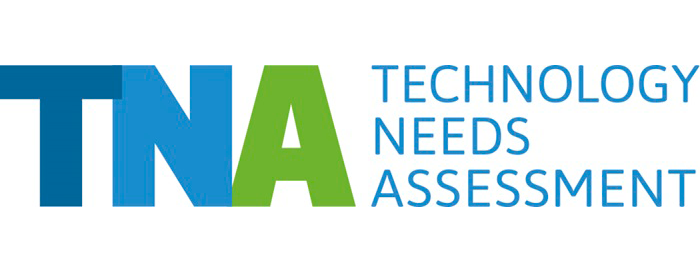Among the outcomes from the TNA is a recommendation to introduce low-interest credit schemes for mitigation technologies. This is suggested because analysis in the TNA has shown how a 30% increase of energy-efficient motor usage in the industrial sector can reduce energy consumption by 10% to 13%, with an expected reduction of about 130,000 tCO2e.
Sri Lanka is an island state located in South Asia, just below the southern tip of India. Being an island, Sri Lanka has vast coastal plains, regions that are highly vulnerable to climate change. Sri Lanka is already experiencing significant climatic imbalances manifested through increasing average temperatures, drastic variations in rainfall patterns and extreme climatic events such as heavy rainstorms, flash floods, and extended droughts and weather-related natural disasters. Sri Lanka’s economy is highly reliant on climate-sensitive sectors such as agriculture, forestry and energy production.
Based on the results from the TNA, the Technology Action Plan proposes a project aimed at strengthening the agriculture sector. The objective of the project is to increase the livelihoods of 30,000 Sri Lankans engaged in the production of inland culture-based fisheries in three thousand minor perennial reservoirs in the country’s dry zones. The project aims to convert about half of the available land (40,000 ha of the marginal rice lands and 50,000 ha of the area facing water shortages) to the cultivation of other food crops, including both seasonal crops and perennials. The diversified area will also include crops adopting precision farming techniques such as drip irrigation, micro-sprinklers and other automated systems for the cultivation of high-value crops. Successful implementation will increase the household incomes of these 30,000 Sri Lankans by 100%. It will also reduce the pressure on the land and introduce culture-based fisheries as an alternative and supplementary source of income for the targeted rural communities.
Sri Lanka completed its TNA in 2012. The NDC draws on the outcomes of the TNA in highlighting the need to move away from old and unsustainable technologies to more efficient technologies in order to reduce GHG emissions across all sectors without burdening the country’s socio-economic development.
Sri Lanka’s TNA contributes to the following Sustainable Development Goals:









